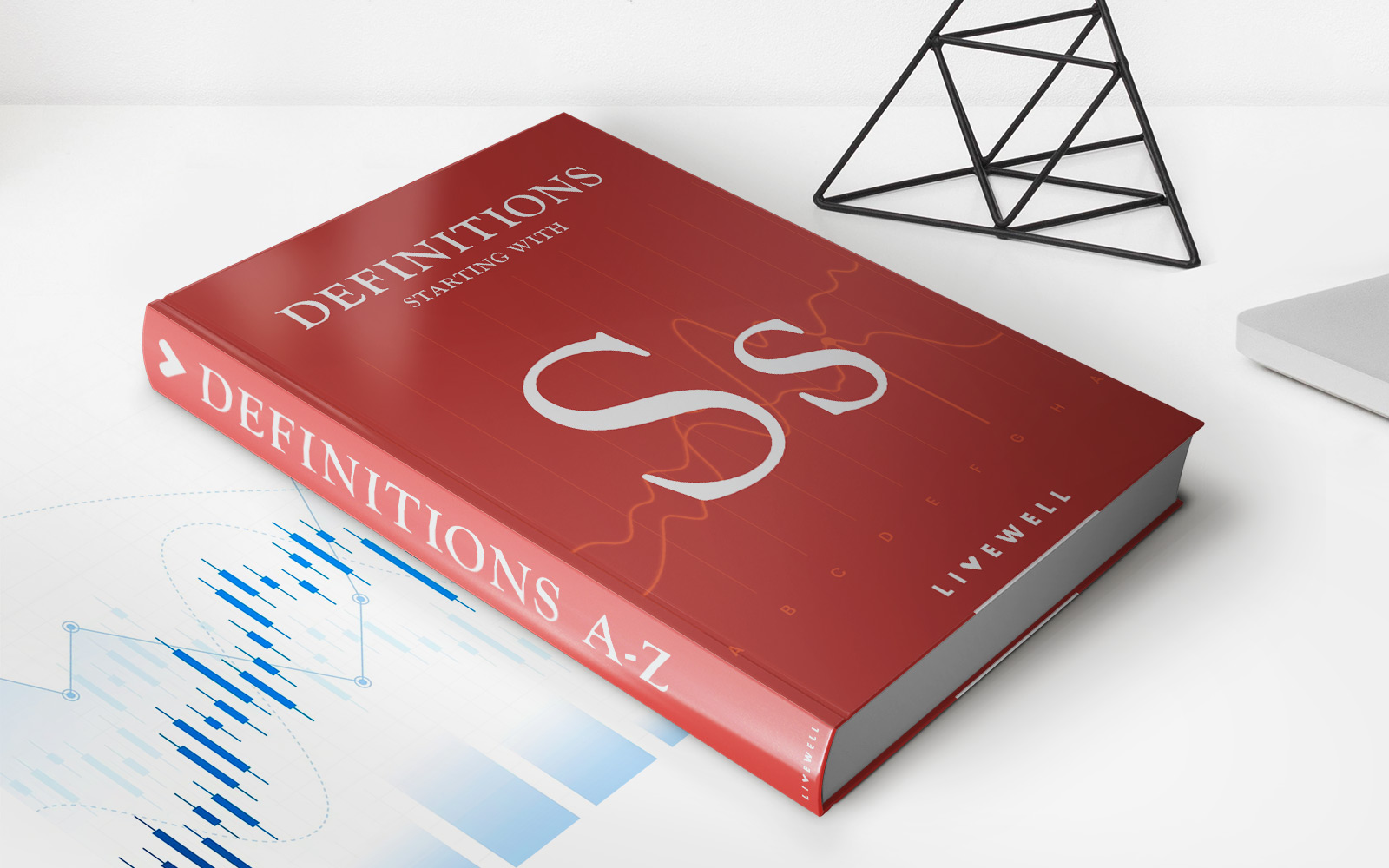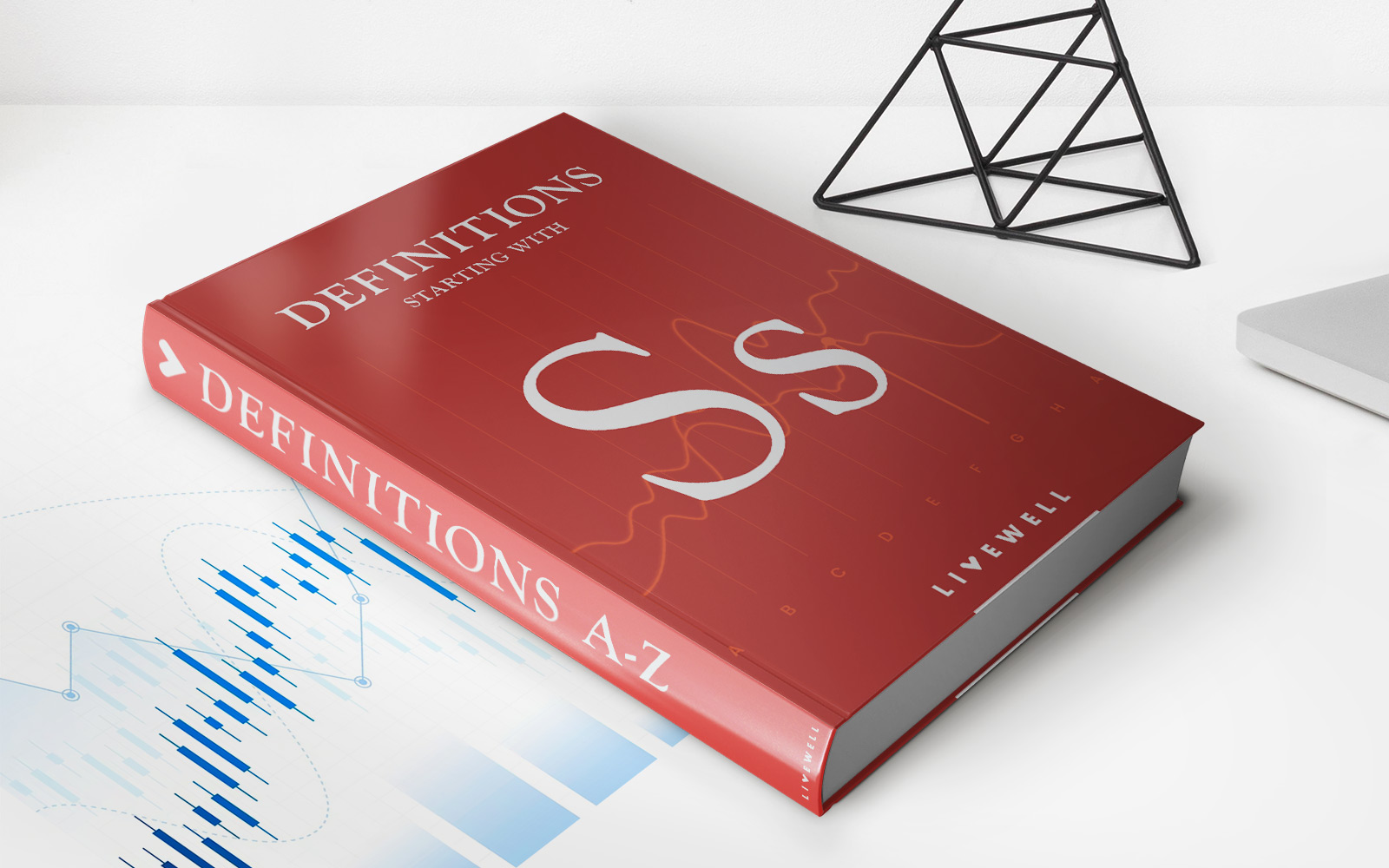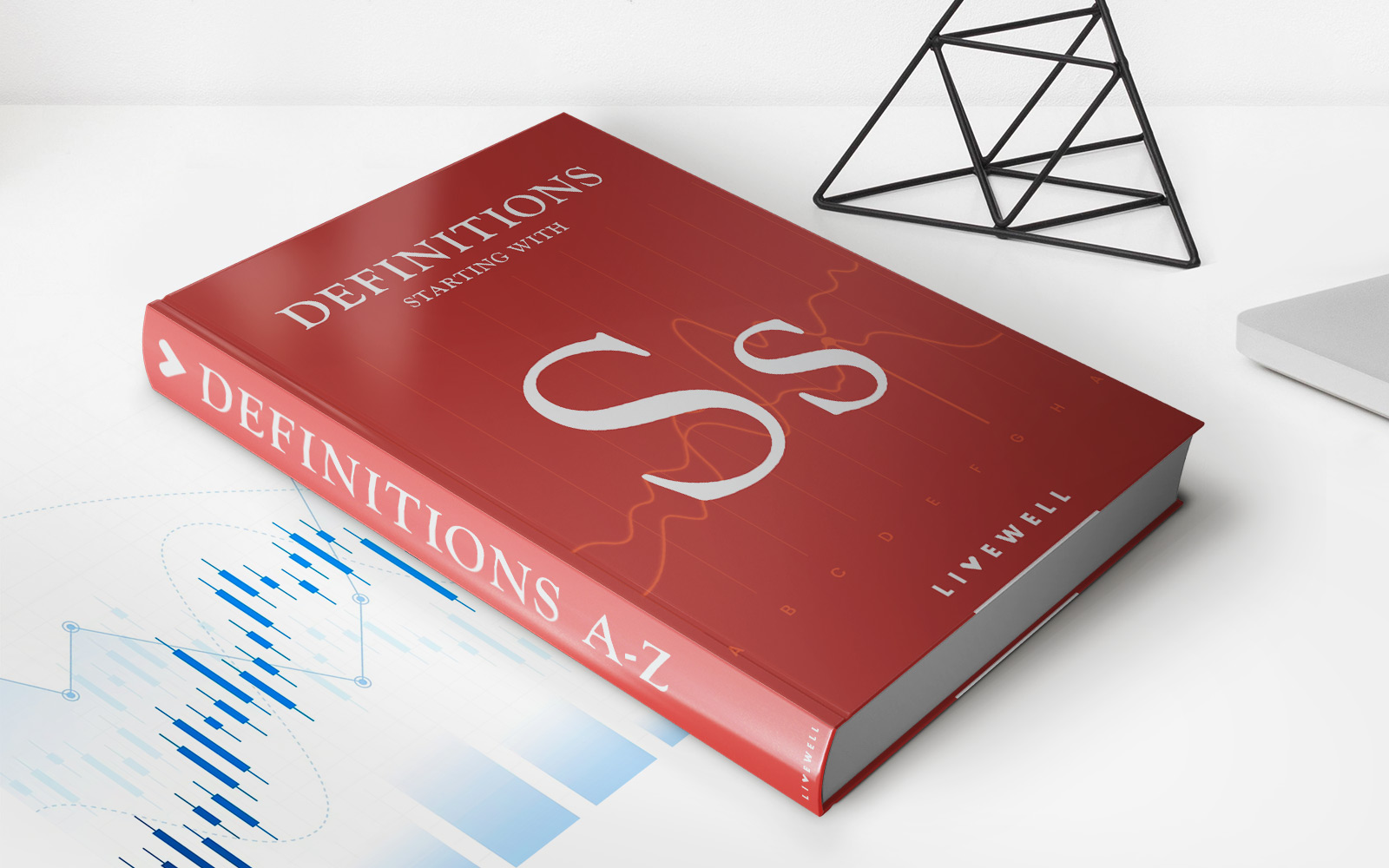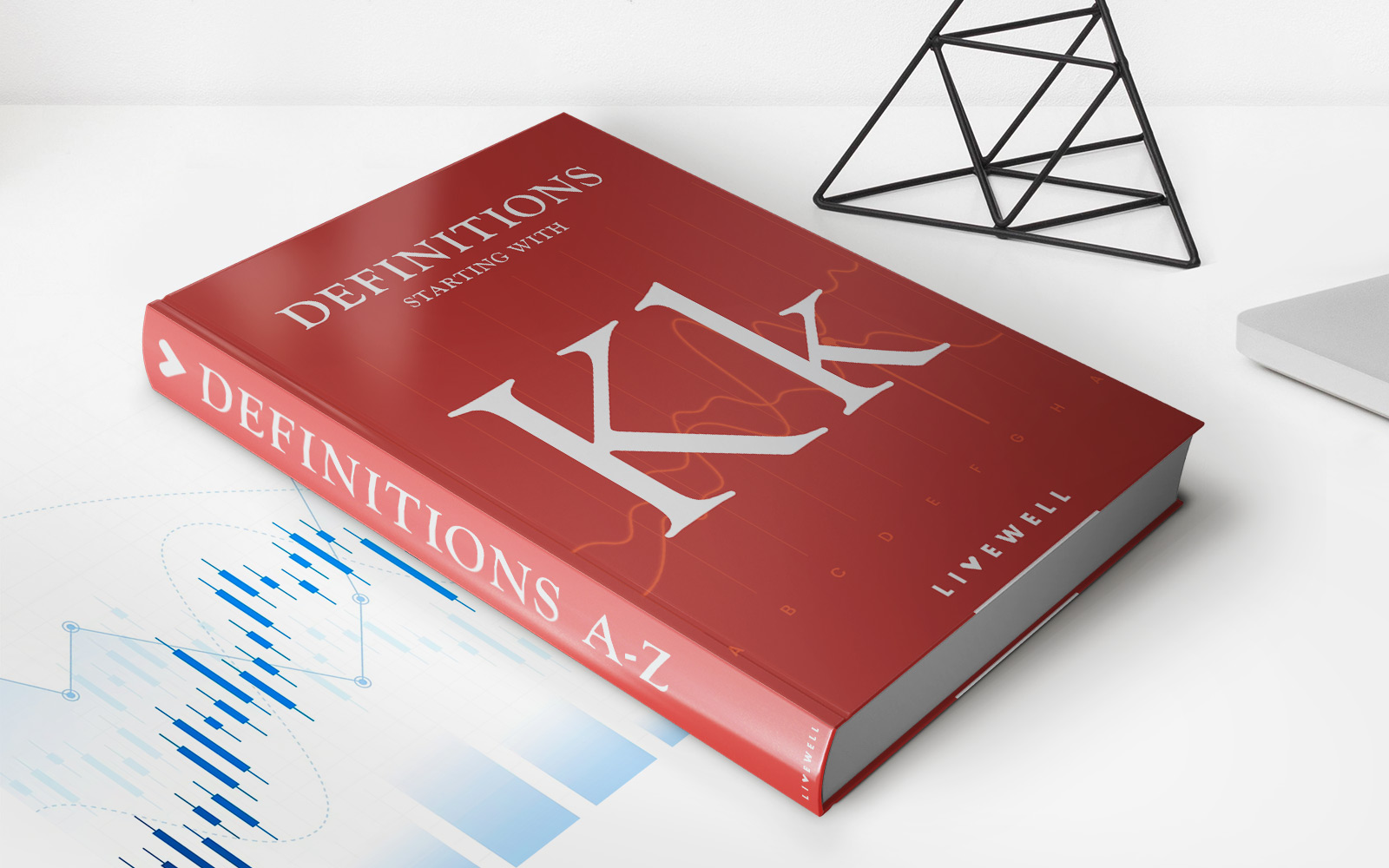Home>Finance>Spurious Correlation: Definition, How It Works, And Examples


Finance
Spurious Correlation: Definition, How It Works, And Examples
Published: February 1, 2024
Discover the concept of spurious correlation in finance, including its definition, workings, and real-life examples. Learn how to avoid falling into this statistical trap.
(Many of the links in this article redirect to a specific reviewed product. Your purchase of these products through affiliate links helps to generate commission for LiveWell, at no extra cost. Learn more)
Welcome to the Curious World of Spurious Correlation in Finance!
When it comes to finance, we often hear about the importance of data analysis and correlation. But did you know that not all correlations are as significant as they seem? In this blog post, we’re going to dive into the fascinating concept of spurious correlation – what it means, how it works, and provide you with some intriguing examples. So grab your analytical glasses and let’s get started!
Key Takeaways:
- Spurious correlation occurs when two variables appear to be related, but in reality, they have no causal connection.
- This phenomenon can lead to misleading conclusions and false predictions if not properly understood and addressed.
What is Spurious Correlation?
Imagine you’re analyzing the stock market, and you come across a striking pattern: the number of people who eat ice cream and the rise in stock prices both increase during the summer months. At first glance, it might seem logical to assume that more people enjoying frozen treats results in a surge in the stock market. But here’s the twist – this correlation is spurious!
Spurious correlation refers to a relationship between two variables that appears to be significant, but in reality, there is no causal connection between them. It occurs due to pure chance or the presence of an unseen third factor influencing both variables.
To better understand this concept, let’s explore how spurious correlation works:
- Data Collection: In finance, data analysts collect vast amounts of information to identify trends and patterns. This includes stock prices, economic indicators, consumer behavior, and more.
- Correlation Analysis: Analysts then examine the collected data to find relationships between different variables. They use statistical measures like the correlation coefficient to determine the strength and direction of the connection between two variables.
- Spurious Correlation: In some cases, analysts may encounter correlations that seem significant, but upon closer inspection, they turn out to be spurious. These relationships are coincidental or the product of a common third factor.
Examples of Spurious Correlation in Finance:
Now that we’ve grasped the concept, let’s explore a couple of intriguing examples that showcase spurious correlation in the world of finance:
- The Super Bowl Indicator: One popular example of spurious correlation is the “Super Bowl Indicator.” It suggests that if a team from the National Football League (NFL) wins the Super Bowl, the stock market will have a positive year. While this correlation has appeared to hold up in the past, it’s important to remember that it’s purely coincidental. There is no logical link between the outcome of a football game and the performance of the financial markets.
- Oil Prices and the Divorce Rate: Another curious example involves the relationship between oil prices and the divorce rate. Some studies have found a positive correlation between these two variables. However, it would be absurd to claim that high oil prices directly lead to an increase in divorces. Instead, other factors such as economic stress and social dynamics likely drive this correlation.
As you can see from these examples, caution is necessary when interpreting correlations in finance. While some relationships may appear strong or even intuitive, it is vital to critically assess any potential spurious correlations to avoid making misleading conclusions or predictions.
In Conclusion
While correlation can often provide valuable insights in the world of finance, it is essential to understand the concept of spurious correlation. It is a phenomenon where two variables seem related but have no causal connection. By being aware of the possibility of spurious correlations, analysts and investors can make more informed decisions based on real data and avoid falling into the trap of false or misleading interpretations.














